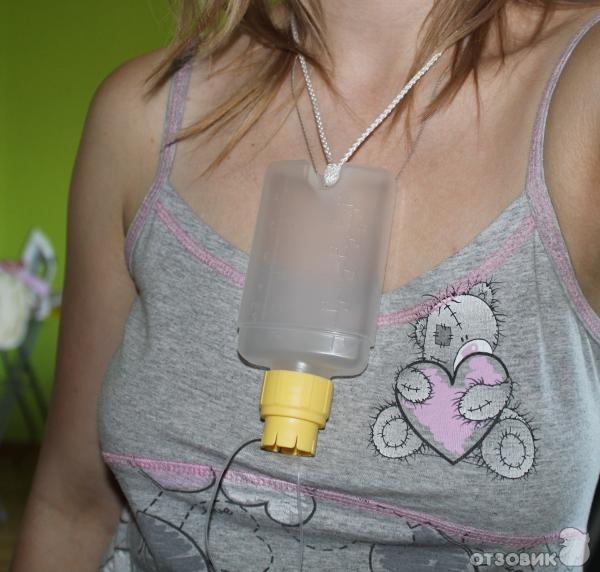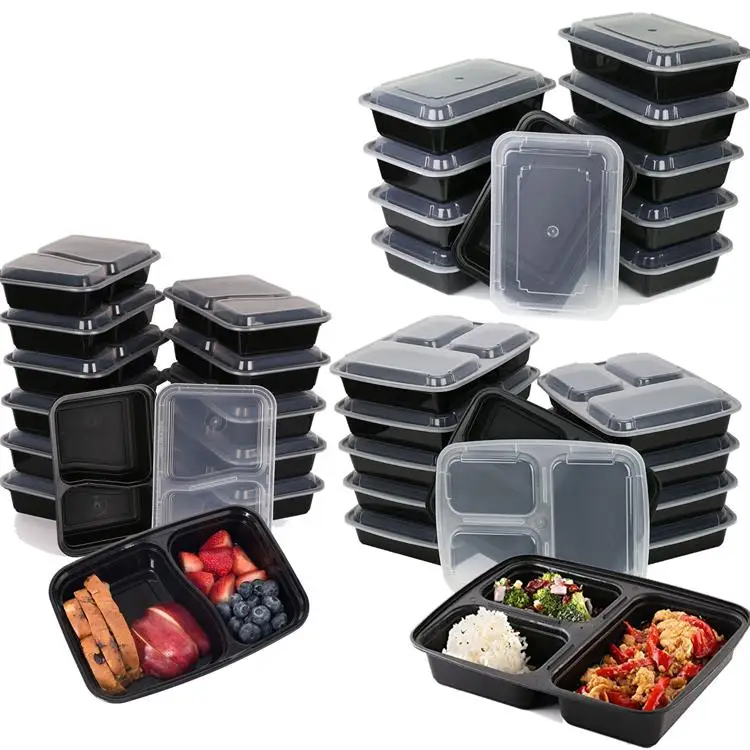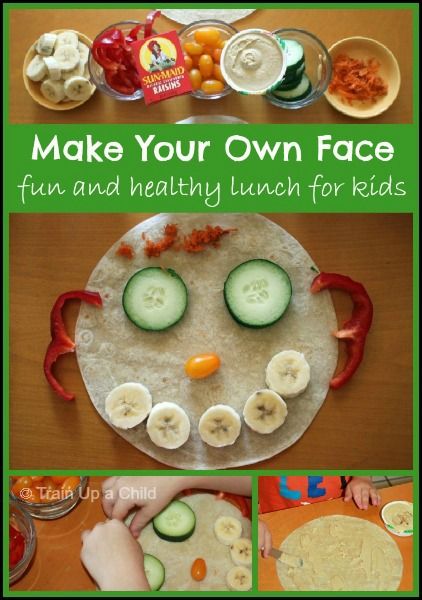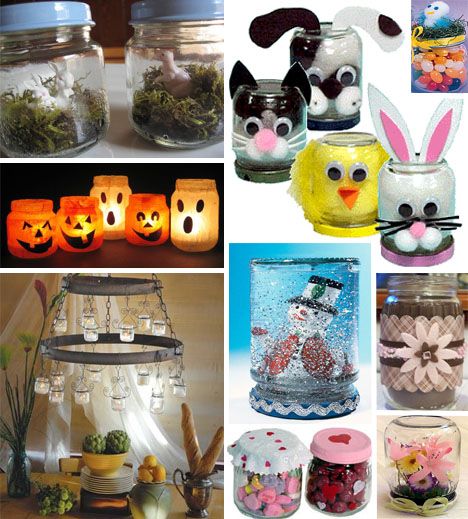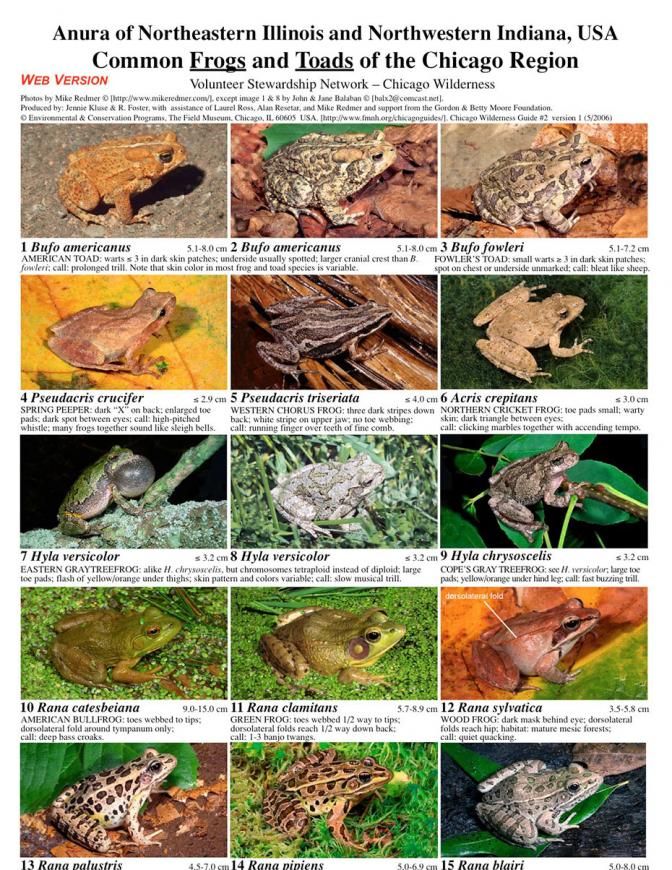Baby iguana food chart
Best Foods For an Iguana - Iguana Food List
One of the main parts of caring for your iguana is feeding it nutritious staple foods to keep it healthy. In this post, you will find a baby and adult iguana food list, best foods for an iguana, staples and a food chart for iguanas.
Please remember that the red iguana or blue iguana morphs will have the same diet as the green iguana.
As pets, iguanas need a strictly vegetarian diet, to live a long live and prevent issues with kidneys. So your iguana must only eat vegetables, greens, flowers and some fruits.
Your iguana must not eat any form of meat, insects, eggs, cheese, dog food and more. People used to give iguanas meat or bugs to make them grow bigger, especially at a younger age. Offering your iguana meat and bugs will cause kidney failure just after few years of this diet.
Any form of the protein that your iguana needs should come from vegetables. Iguanas also don’t drink much water – so they also get most of the moisture from the food. Dog or cat food to iguanas is dangerous – they are unbalanced in nutrients and high in protein!
How often do iguanas eat?
Iguanas eat 1-2 times a day, but some owners feed their iguanas only once in 2 days. The best practice is to feed your iguana its main meal in the morning, and offer some snacks later in the evening, 3 hours before the sleep, same time every day (iguanas love routines).
Iguana food chart
Your iguana must mainly eat leafy greens – you should offer them every day. Then, with less frequency, you can add other veggies and flowers.
Leafy greens should make up 50-60% of iguana’s diet. Then, 30-40% will contribute to vegetables and flowers. Fruits and berries should only contribute to 10% of your iguana’s diet.
Iguana food chartCa:P ratios, goitrogenic and oxalic foods in iguana’s diet
Please remember that Ca:P ratio is extremely important in iguana’s diet. The best greens, veggies and fruits should contain 2:1 Calcium to Phosphorus, or up to 2. 5-3:1 Ca:P. Phosphorus ratio should never be higher than Calcium. If it is, you must mix them to reach the balance.
5-3:1 Ca:P. Phosphorus ratio should never be higher than Calcium. If it is, you must mix them to reach the balance.
Even the multivitamins that you get must be balanced. Read everything about iguana supplementation in this post.
Foods also must not be high in oxalates (binding calcium) or goitrogenic (binding iodine).
Based on these factors, foods for iguanas are divided to staples, to occasional and rare consumption.
Each day, mix various staples, little bit of fruits and veggies to make a salad. Mix 4-5 types of greens (60%), 1-2 types of veggies (30%), and few pieces of fruits (10%). Don’t forget to alternate veggies, greens, flowers and fruits every day. This will provide varied nutrition.
Even if the fruit is in the staple food list, you must only offer 10% of fruits in iguana’s diet! Same goes to vegetables – 30-40%! Offer greens every day, and mix some staple or occasional veggies, fruits and flowers in the salads! Quantity and frequency is the key.
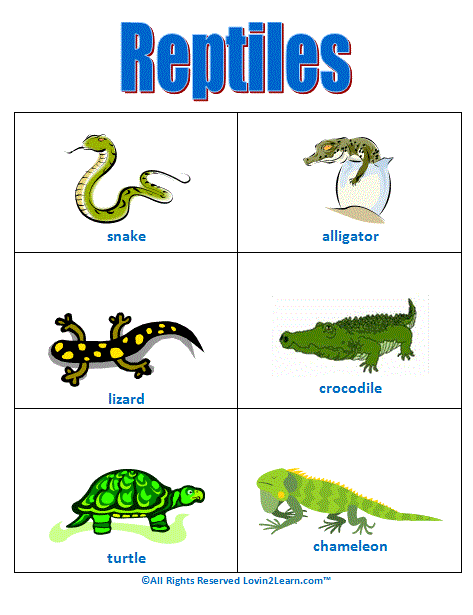
Please note that the diet for baby and adult iguanas should be the same. Make sure to start offering a variety of greens, veggies and fruits from the beginning. Otherwise, your iguana will become a picky eater.
Let your baby and juvenile iguana eat as much as it wants. But starting from the age of 4-5, reduce the portions a little to prevent obesity.
Best foods for an iguana – staples you can feed daily
- Dandelion greens – both flowers and leaves
- Collard greens
- Turnip greens (offer at least every other day, a bit high in goitrogens).
- Escarole
- Mustard greens
- Squash (grated spaghetti squash, butternut, yellow, Hubbard, gem, Kabocha, acorn).
- Watercress (low in oxalates, 2:1)
- Endive
- Nasturtium (pesticide free flowers and greens – give as a treat or mix in)
- Hibiscus (pesticide free flowers and greens – give as a treat or mix in)
- Snap beans (mix with greens)
- Parsnips (mix with greens)
- Rocket
- Alfalfa
Foods to feed your iguana 2-3 days a week (add some to staples)
- Carrots (avoid carrot tops – high in oxalates)
- Leeks
- Asparagus
- Zucchini (courgettes)
- Prickly pear fruit (cactus leaves)
- Apples (10% of the diet)
- Rose petals (not sprayed with pesticides – give as a treat or mix in)
- Mangoes (10% of the diet)
- Papaya (10% of the diet)
- Melon (10% of the diet)
- Basil (herb – add some to the salad)
- Sage (herb – add some to the salad)
- Thyme (herb – add some to the salad)
- Oregano (herb – add some to the salad)
- Fennel (herb – add some to the salad)
- Peppermint (herb – add some to the salad)
Foods that you can offer your iguana once a week (mix with staples)
Iguanas pay lots of attention to food presentation- they love eating straight from the source! How you present it on a plate also has a big difference- Swiss chard (high oxalate food)
- Spinach (very high oxalate food)
- Bok Choy (goitrogenic)
- Kale (goitrogenic)
- Broccoli (goitrogenic)
- Sweet potatoes (high in oxalates and phosphorus)
- Brussels sprouts (goitrogenic)
- Okra (high in goitrogens)
- Beet Greens and Beetroot (oxalic food)
- Cabbage (goitrogenic)
- Cauliflower (goitrogenic)
- Parsley
- Cucumbers (only good for moisture, chop some pieces in the salad)
- Rutabaga (goitrogenic)
- Tomatoes (oxalic food) (10% of the diet)
- Asparagus
- Lentils
- Celery
- Bell pepper
- Mushrooms (high in phosphorus)
- Raspberries (high in oxalates) (10% of the diet)
- Watermelon (low in nutrition, but high water content) (10% of the diet)
- Peaches (goitrogenic) (10% of the diet)
- Pears (oxalic) (10% of the diet)
- Strawberries (goitrogenic) (10% of the diet)
- Figs (very high in oxalates, give rarely) (10% of the diet)
- Plums (very high in oxalates, give rarely) (10% of the diet)
- Apricots (10% of the diet)
- Blueberries (10% of the diet)
- Blackberries (10% of the diet)
- Grapes (oxalic) (10% of the diet)
- Bananas (very bad Ca:P ratio of 0.
 3:1, give rarely) (10% of the diet)
3:1, give rarely) (10% of the diet) - Kiwi (very high in oxalates, give rarely) (10% of the diet)
You can occasionally offer your iguana some commercial foods like this. But make sure to offer water or spray the food with water (if possible). This is because most of the commercial foods are dry, so they lack moisture.
Avoid oranges, tangerines, grapefruits, pineapples, lemons, limes – all citrus fruits.
Do not feed lettuce to your iguana – they are very low in nutrition.
Avoid feeding bread, cooked rice, pasta – stick to the vegetarian diet.
Never feed avocados – they are toxic. You can find a full list of toxic and non-toxic plants, fruits and vegetables for your iguana in this post.
Also, you can find the full guide to iguana’s supplementation in this post.
What is more, you will find the guide to feeding iguanas, different rules and tips in this post.
Related posts:
Best Food For Your Iguana
Iguana diet. So, what do iguanas eat (and, what don’t)? This is a simple, and complete, healthy feeding guide (with food chart and list) for your iguana.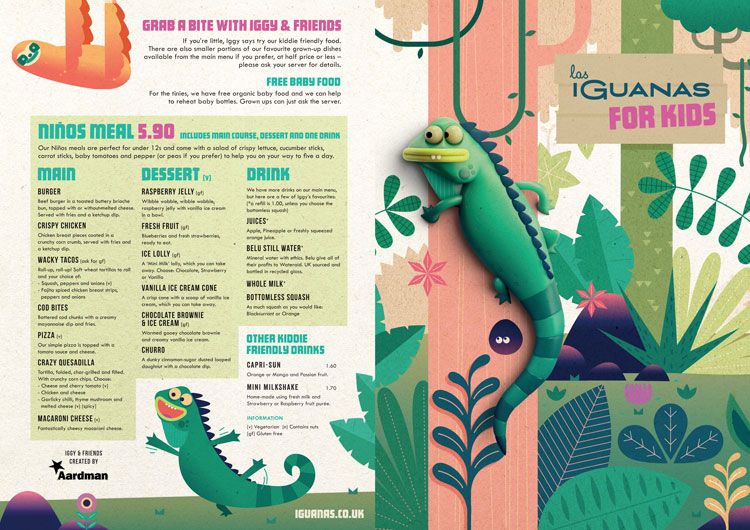 Most of these foods need to be given occasionally but also moderately and no overfeeding (I think we can’t stress this enough).
Most of these foods need to be given occasionally but also moderately and no overfeeding (I think we can’t stress this enough).
Some links in this post are affiliate links. We get money if you buy something or take an action after clicking one of these links on our site.
First, for visual types, we’ll repeat our green iguana diet infographic:
Feel free to share this Infographic on your site!
<strong>Please include attribution to <a href=’http://iguanahut.com/’>IguanaHut.com</a> with this graphic.</strong></p><br /><br /><br /><br /><br /><br /><br /><br /><br /><br /><br /><br /><br /><br /><br /><br /><br /><br /><br /><br /><br /><br /><br /><br /><br /><br /><br /><br />
<p><a href=’http://iguanahut.com/iguana-feeding/’><img src=’https://iguanahut. com/wp-content/uploads/2018/01/Iguana-Diet-v4.jpg’ alt=’Iguana Diet Infographic’ width=’505px’ border=’0′ /></a>
com/wp-content/uploads/2018/01/Iguana-Diet-v4.jpg’ alt=’Iguana Diet Infographic’ width=’505px’ border=’0′ /></a>
One thing to have in mind – even though iguanas have sharp teeth, they don’t chew their food, they gulp it. That’s why you need to chop, grate it or shred it. Mix it thoroughly (like a salad), so that iguana won’t be able to just pick some kind of preferred food and avoid other ingredients.
Overall iguana diet should fulfill this condition: Calcium to Phosphorous ratio to be around 2:1
But, don’t forget that variety is also important. You can not just stick to one set of foods and feed the ig with it every day. Bad nutrition leads to many of common diseases of iguana which may be fatal for your pet (and certainly will cause pain an misery). Often, calcium + vitamine D3 supplements are necessary.
Feed your iguana every day, in the morning. Basically, you can’t overfeed it, since he will know when to stop. On the other had, iguana doesn’t know what is good for him – he will eat whatever you give him (as long as it look edible), so it’s up to an owner to responsibly pick best diet for iguana.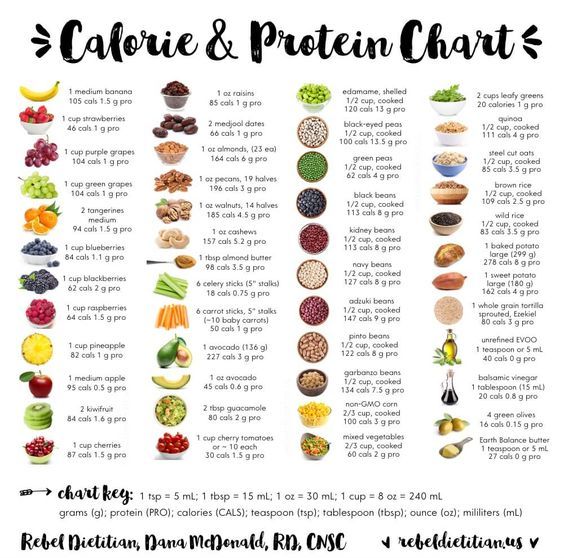
Food should be easily accessible, placed in coolest part of the enclosure, in some bowl, heavy enough that can’t be overturned easily. Don’t forget to put water in separate bowl. Yes, iguanas drink water as well.
Example of food bowls for reptiles, that can be found on Amazon (click the image for details)Note that main diet or basic food should be given in turn with different combinations with other fruit/vegetables. This is the crucial condition to have healthy iguana, which will grow to its full size (check out our article about how big do iguanas grow.) The information below makes it easy for you to know the super food to grow a healthy iguana.
In order to make it easier to follow, we divided food into four groups:
STAPLE – A base diet for the iguana (but do not forget to variate with other super foods). In the table below you’ll find staple food labeled as ‘[1] STAPLE’, in order to allow easier sorting.
OCCASIONAL – Food that needs to be given moderately. Avoid overfeeding at all costs. It may cause severe health problems for your pet. Combine it with basic foods (several times a month) and make a balanced mix.
Avoid overfeeding at all costs. It may cause severe health problems for your pet. Combine it with basic foods (several times a month) and make a balanced mix.
TREAT – This is good for iguana as a snack. Some of these foods fall into the usual diet but most of the food needs to be given occasionally.
COLOR ENHANCER & FLAVOR – Only occasionally added to a balanced diet to make the food served more delicious and appealing to the iguana’s taste.
Now, here comes the ‘ultimate’ iguana food table with more than 80 vegetables, fruits, greens. I didn’t want to clutter it with detailed nutrition values, except Ca:P ratio, since they will be mostly contained in the comment about how often iguana can be fed with. Remember that, if you can’t achieve optimal 2:1 ratio, you should apply Calcium supplement. As already stated, Ca:P ratio is NOT the only criteria whether the food is good or bad. Some foods are rich in oxalate which can cause bladder stone (spinach for example).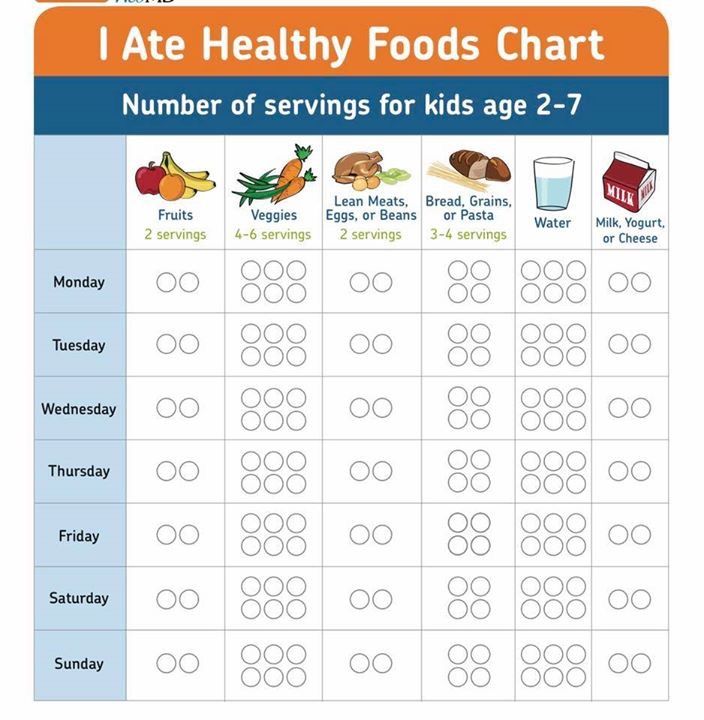 Keep it various.
Keep it various.
Tip: convenient way to enhance iguana’s diet is to give it “expanded” rabbit pellets (sprayed with water and let to expand). Remember, when picking this type of food, make sure that it contains alfalfa. This is a good way to provide necessary vitamins and minerals, but, as stated above – don’t overuse it.
Now, let’s go back to our food table. Click on column headers in order to sort them and get more readable data. For example, you can sort by Ca:P ratio to see the best foods according to this important factor. Click on the Comment label to sort foods by how often you can feed iguana.
| Name | Ca/P ratio | Comment | Type |
|---|---|---|---|
| Acorn Squash | 0.9 | [1] STAPLE | VEGETABLES |
| Alfalfa | 0.5 | [1] STAPLE | GREENS |
| Apple With Skin | 0.5 | [2] OCCASIONAL | FRUIT |
| Apple Without Skin | 0.5 | [2] OCCASIONAL | FRUIT |
| Apricots | 0. 6 6 | [2] OCCASIONAL | FRUIT |
| Arugula | 3.1 | [2] OCCASIONAL | GREENS |
| Asparagus | 0.5 | [2] OCCASIONAL | VEGETABLES |
| Bananas | 0.2 | [3] TREAT | FRUIT |
| Basil | 2.2 | [2] OCCASIONAL | GREENS |
| Beet Greens | 2.9 | [2] OCCASIONAL | GREENS |
| Beets | 0.4 | [2] OCCASIONAL | VEGETABLES |
| Bell Peppers | 0.5 | TASTE/COLOR ENHANCER | VEGETABLES |
| Blackberries | 1.3 | [2] OCCASIONAL | FRUIT |
| Blueberries | 0.5 | [2] OCCASIONAL | FRUIT |
| Bok Choy/Bok Choyi/Pak Choi | 2.8 | [2] OCCASIONAL | VEGETABLES |
| Boston/Bibb/Butterhead Lettuce | 1.1 | RARELY OR NEVER | GREENS |
| Broccoli | 0.7 | [2] OCCASIONAL | VEGETABLES |
| Brussels Sprouts | 0.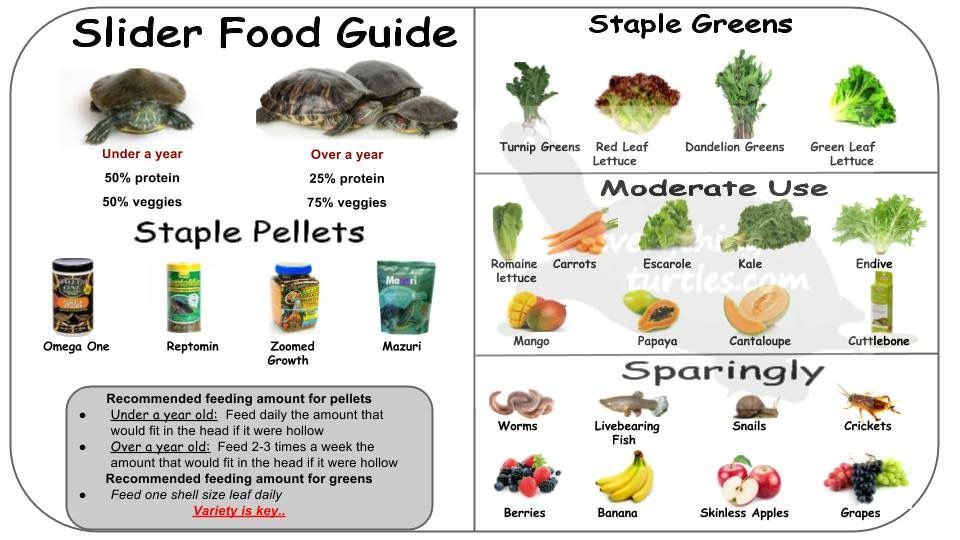 6 6 | [2] OCCASIONAL | VEGETABLES |
| Butternut Squash | 1.5 | [1] STAPLE | VEGETABLES |
| Cabbage, Green | 1.5 | [2] OCCASIONAL | VEGETABLES |
| Cabbage, Red | 1.5 | [2] OCCASIONAL | VEGETABLES |
| Cactus Pad/Nopal Cactus Leaf | 10.2 | [1] STAPLE | GREENS |
| Cantaloupe | 0.6 | [2] OCCASIONAL | FRUIT |
| Carrots | 0.9 | [2] OCCASIONAL | VEGETABLES |
| Cauliflower | 0.5 | [2] OCCASIONAL | VEGETABLES |
| Celery | 1.7 | [2] OCCASIONAL | VEGETABLES |
| Cherries | 0.6 | [2] OCCASIONAL | FRUIT |
| Chicory/Endive | 2.1 | [1] STAPLE | GREENS |
| Chinese Cabbage | 2.7 | [2] OCCASIONAL | GREENS |
| Collard Greens | 14.5 | [1] STAPLE | GREENS |
| Coriander/Cilantro | 1. 4 4 | [2] OCCASIONAL | GREENS |
| Corn | 0 | RARELY OR NEVER | VEGETABLES |
| Cucumber Peeled | 0.7 | [2] OCCASIONAL | VEGETABLES |
| Cucumber with Peel | 0.7 | [2] OCCASIONAL | VEGETABLES |
| Dandelion Greens | 2.8 | [1] STAPLE | GREENS |
| Escarole | 1.9 | [1] STAPLE | GREENS |
| Endive | 1.86 | [1] STAPLE | GREENS |
| Figs | 2.5 | [2] OCCASIONAL | FRUIT |
| Grapes Red or Green | 0.5 | [3] TREAT | FRUIT |
| Green Beans | 1 | [1] STAPLE | VEGETABLES |
| Green Leaf Lettuce | 1.2 | RARELY OR NEVER | GREENS |
| Green Peas | 0.2 | [2] OCCASIONAL | VEGETABLES |
| Honeydew Melon | 0.5 | [2] OCCASIONAL | FRUIT |
| Iceberg Lettuce | 0. 9 9 | RARELY OR NEVER | GREENS |
| Kabocha squash | 0.6 | [1] STAPLE | VEGETABLES |
| Kale | 2.4 | [2] OCCASIONAL | GREENS |
| Lentils | 0.1 | [2] OCCASIONAL | VEGETABLES |
| Mangos | 0.9 | [1] STAPLE | FRUIT |
| Mustard Greens | 2.4 | [1] STAPLE | GREENS |
| Napa Cabbage/Savoy Cabbage | 0.8 | [2] OCCASIONAL | GREENS |
| Nectarines | 0.2 | [2] OCCASIONAL | FRUIT |
| Okra | 1.3 | [1] STAPLE | VEGETABLES |
| Orange | 3.6 | RARELY OR NEVER | FRUIT |
| Papaya | 4.8 | [1] STAPLE | FRUIT |
| Parsley | 2.4 | [2] OCCASIONAL | GREENS |
| Parsnips | 0.5 | [1] STAPLE | VEGETABLES |
| Pasta/Cooked | 0.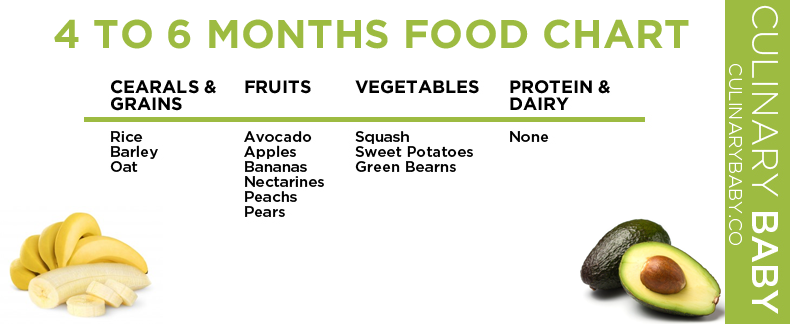 1 1 | [2] OCCASIONAL | OTHER |
| Peaches | 0.3 | [3] TREAT | FRUIT |
| Pears | 0.8 | [2] OCCASIONAL | FRUIT |
| Plums | 0.4 | [2] OCCASIONAL | FRUIT |
| Potatoes | 0.2 | [2] OCCASIONAL | VEGETABLES |
| Pumpkin | 0.5 | [2] OCCASIONAL | VEGETABLES |
| Radicchio | 0.5 | [2] OCCASIONAL | GREENS |
| Raspberries | 0.9 | [2] OCCASIONAL | FRUIT |
| Red Leaf Lettuce | 1.2 | RARELY OR NEVER | GREENS |
| Rice, Brown Cooked | 0.1 | [2] OCCASIONAL | VEGETABLES |
| Rice, White Cooked | 0.2 | [2] OCCASIONAL | VEGETABLES |
| Romaine Lettuce/Cos Lettuce | 1.1 | [2] OCCASIONAL | GREENS |
| Snap Beans/ Green Bean | 1 | [1] STAPLE | VEGETABLES |
| Snap Peas/Snow Peas | 0.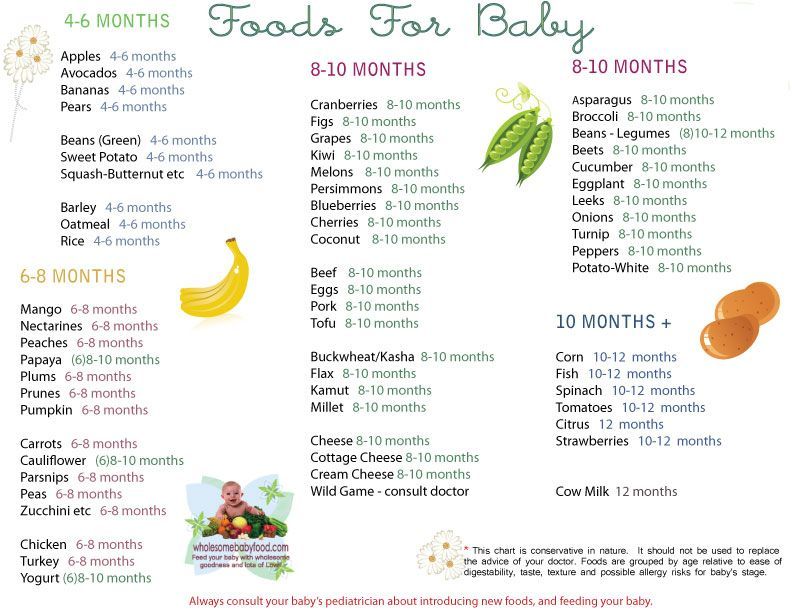 8 8 | [1] STAPLE | VEGETABLES |
| Spaghetti Squash | 1.9 | [2] OCCASIONAL | VEGETABLES |
| Spinach | 2 | RARELY OR NEVER | GREENS |
| Strawberries | 0.7 | [2] OCCASIONAL | FRUIT |
| Sweet Potato | 0.6 | [2] OCCASIONAL | VEGETABLES |
| Swiss Chards | 1.1 | [2] OCCASIONAL | GREENS |
| Tangerines/Mandarin Oranges | 1.9 | [2] OCCASIONAL | FRUIT |
| Tomatoes | 0.4 | TASTE/COLOR ENHANCER | VEGETABLES |
| Turnip Greens | 4.5 | [1] STAPLE | GREENS |
| Turnips | 1.1 | [2] OCCASIONAL | VEGETABLES |
| Watercress | 2 | [2] OCCASIONAL | GREENS |
| Watermelon | 0.6 | [2] OCCASIONAL | FRUIT |
| Yellow Summer Squash | 0.7 | [2] OCCASIONAL | VEGETABLES |
| Yucca Root/Cassava | 0.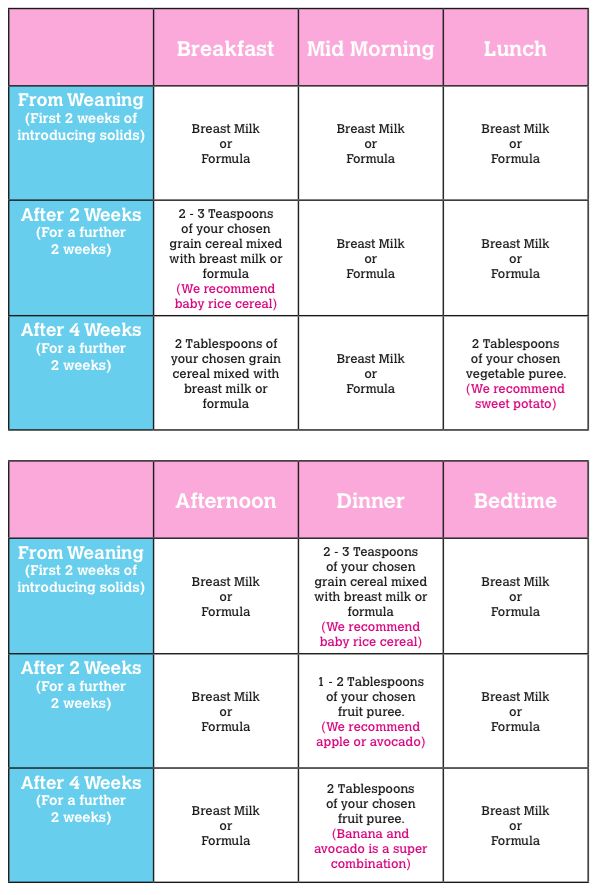 6 6 | [1] STAPLE | VEGETABLES |
| Zucchini / Courgette | 0.4 | [2] OCCASIONAL | VEGETABLES |
Just as an illustration, below we give some more detailed info about some foods that you can give to your pet. However, don’t forget to consult the above table more often since it gives much more options for iguana’s diet.
Apple (Sometimes)
Must be peeled, chopped/cut. Healthy fruit to serve with other super food.
Calcium: Phosphorus – 0.6: 0.1
Protein: 0.15%
Fat: 0.3%
Water: 84.5%
Fiber: 1.9%
Asparagus (Sometimes)
Very good source of protein and healthy nutrients for your iguana. This is healthy feeding for your iguana. Need to wash and cut.
Calcium: Phosphorus – 0.38: 1
Protein – 2.3%
Fat – 0.2%
Water – 92%
Fiber – 2.1%
Banana (Sometimes)
Feed your iguana with banana moderately. Chopped, best served mixed with some vegetables.
Calcium: Phosphorus – 0.3: 1
Protein – 1%
Fat – 0.5%
Water – 75%
Fiber – 2.4%
Capsicum (Color enhancer and flavor)
Feeding this to your iguana provides natural flavor to its diet and may enhance its color. Need to wash and cut.
Calcium: Phosphorus – 0.5: 1
Protein – 0.9%
Fat – 0.2%
Water – 92%
Fiber – 2%
Broccoli (Sometimes)
High oxalate and goitrogens. Should only fed in moderation. Small pieces and leaves can also be given.
Calcium: Phosphorus – 0.7: 1
Protein – 3%
Fat – 0.4%
Water – 91%
Fiber – 3%
Cabbage (Sometimes)
High goitrogens. Feed in small portion to your iguana. Need to be cut.
Calcium: Phosphorus – 2: 1
Protein – 1.5%
Fat – 0.27%
Water – 92%
Fiber – 2.3%
Cactus / Spiked leaves (Basic)
High in calcium and a healthy diet. This is a basic diet that can be feed regularly. Need to cut.
Calcium: Phosphorus – 2.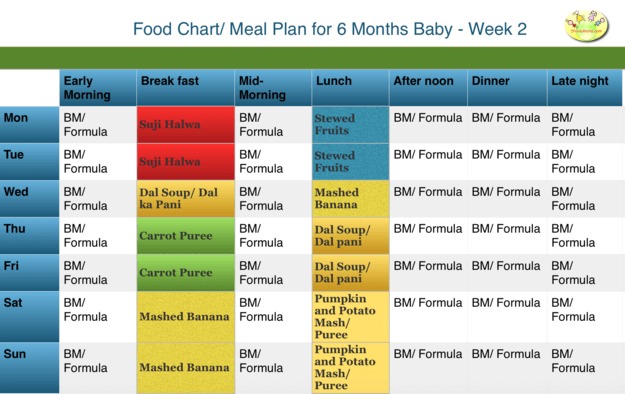 32: 1
32: 1
Protein – 0.8%
Fat – 0.5%
Carrots (Sometimes)
Peeled and cut. Carrots comes with oxalate. Also should be fed in moderate.
Calcium: Phosphorus – 0.6: 1
Protein – 1%
Fat – 0.2%
Water – 88%
Fiber – 3%
Celery (Basic)
High calcium good as basic diet. Cut/chopped
Calcium: Phosphorus – 1.6: 1
Protein – 0.75%
Fat – 0.14%
Water – 95%
Fiber – 1.7%
Corn (Rarely)
Very low calcium and high phosphorus. Given only when diet is over calcium. Best is cut/chopped before serving to your iguana.
Calcium: Phosphorus – 0.03: 1
Protein – 9.4%
Fat – 4.7%
Water – 10.4%
Cucumber (Sometimes)
Lack of nutrition but can be fed sometimes for good hydration (water) and flavor for your iguana.
Calcium: Phosphorus – 0.7: 1
Protein – 0.7%
Fat – 0.18
Water – 96%
Fiber – 0.8%
Dahlia (Treat)
Flowers and leaves can be given but make sure it is not contaminated with insecticides or harmful chemicals.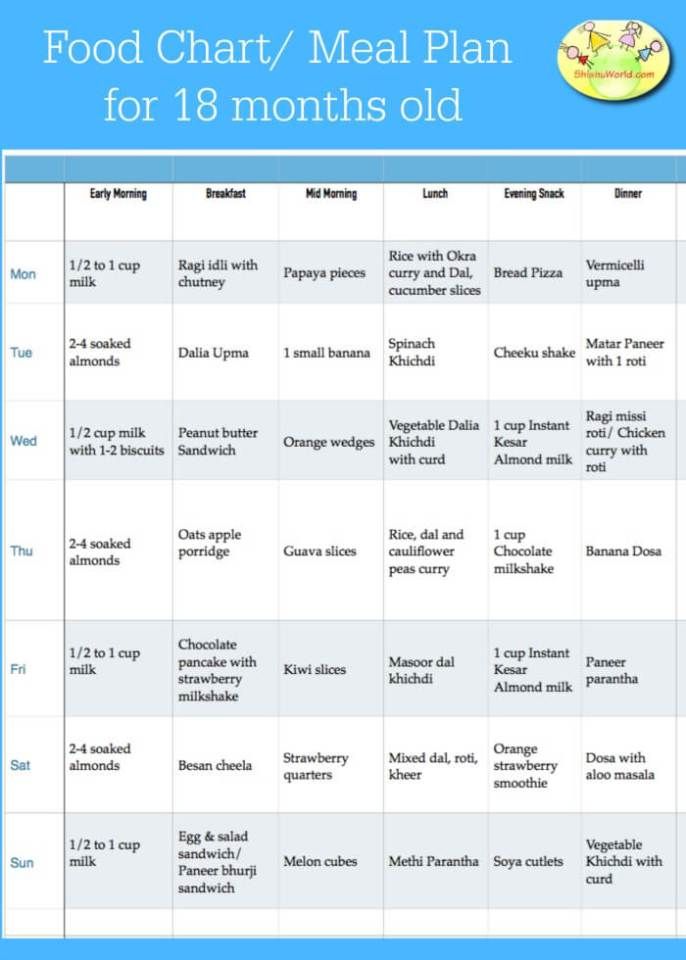
Grapes (Sometimes / Treat)
Contains oxalic acid. Must be peeled or cut. Adult iguanas can eat whole grapes. Good as it contains water for hydration.
Calcium: Phosphorus – 0.8: 1
Protein – 0.7%
Fat – 0.6%
Water – 81%
Fiber – 1%
Green bean (Basic)
Good and healthy vegetable for daily diet. Need to clean and cut before feeding your iguana.
Calcium: Phosphorus – 1: 1
Protein – 1.8%
Fat – 0.1%
Water – 90%
Fiber – 3.4%
Hibiscus (Treat)
Flowers and leaves can be fed occasionally but make sure it is not contaminated with insecticides or chemicals.
Watermelon (Sometimes)
Must be skinned, chopped/cut. High water content so it is a good diet for iguana.
Calcium: Phosphorus – 0.6: 1
Protein – 0.5%
Fat – 0.1%
Water – 90%
Fiber – 0.6%
Salad (Rarely)
People often think that green salad is a good food for iguana, but actually it has very low overall nutritional value. Still, you can feed once in a while in a small portion. Don’t overfeed.
Still, you can feed once in a while in a small portion. Don’t overfeed.
Mango (Basic)
Need to be peeled and cut/chopped. Mango is good combination with other food for your iguana as it contains high fiber and calcium.
Calcium: Phosphorus – 0.9: 1
Protein – 0.5%
Fat – 0.3%
Water – 82%
Fiber – 1.8%
Mushrooms (Sometimes)
Very high Phosphorus and should only given once in a while. Must be cut.
Calcium: Phosphorus – 0.05: 1
Protein – 2.9%
Fat – 0.3%
Water – 92%
Fiber – 1.2%
Pasta (Sometimes)
Must be cooked, cooled and cut. Pasta must not have traces of egg.
Calcium: Phosphorus – 0.1: 1
Protein – 5.2%
Fat – 1%
Water- 69%;
Pear (Sometimes)
High oxalate, Must be peeled and cut before feeding your iguana.
Calcium: Phosphorus – 1: 1
Protein – 0.4%
Fat – 0.4%
Water – 84%
Fiber – 2.4%
Pumpkin (Sometimes)
Remove seeds, peeled and cut. Like watermelon, it is a healthy feeding and good for hydration (water).
Like watermelon, it is a healthy feeding and good for hydration (water).
Calcium: Phosphorus – 0.5: 1
Protein – 1%
Fat – 0.1%
Water – 92%
Fiber – 0.5%
Rice (Sometimes)
Must be cooked, dried and cooled. Feed occasionally but don’t overfeed.
Calcium: Phosphorus – 0.08: 1
Protein – 2.4%
Fat – 0.2%
Water – 68%
Spinach (Sometimes)
Calcium is high but also very high in oxalate and goitrogens, so feed your iguana with spinach occasionally. Cut/chopped.
Calcium: Phosphorus – 2: 1
Protein – 2.9%
Fat – 0.4%
Water – 92%
Fiber – 2.7%
Strawberry (Sometimes / Treat)
High oxalate and goitrogens. Remove stalk and cut before serving.
Calcium: Phosphorus – 0.7: 1
Protein – 0.6%
Fat – 0.4%
Water – 92%
Fiber – 2.3%
Tomatoes (Color enhancer and flavor)
High in oxalate. Must be cut/chopped. It’s acidic, so some iguana may not like it. Feed moderately.
Feed moderately.
Calcium: Phosphorus – 0.2: 1
Protein – 0.9%
Fat – 0.3%
Water – 94%
Fiber – 1.1%;
Wheat Bread (Treat)
High in phosphorus but good as a ‘treat’ or snacks to feed your iguana sometimes. This is good for digestion and absorption of liquid medicine when you treat them.
Calcium: Phosphorus – 0.3: 1
Protein – 9.7%
Fat – 4.2%
Water – 38%
Fiber – 6.9%
Iguana: feeding and maintenance - CityVet Veterinary Clinics
- Accommodation
- Lighting
- Water
- Temperature
- Humidity
- Bedding
- Diet
- Handling
- Iguanas and other domestic animals
- Treatment
Iguanas are one of the most popular lizards kept as pets. In nature, these reptiles live alone in tropical rainforests in a very limited area, converging with a partner only during the rutting season, which usually occurs in the summer. Males are distinguished by a brighter and more patterned color.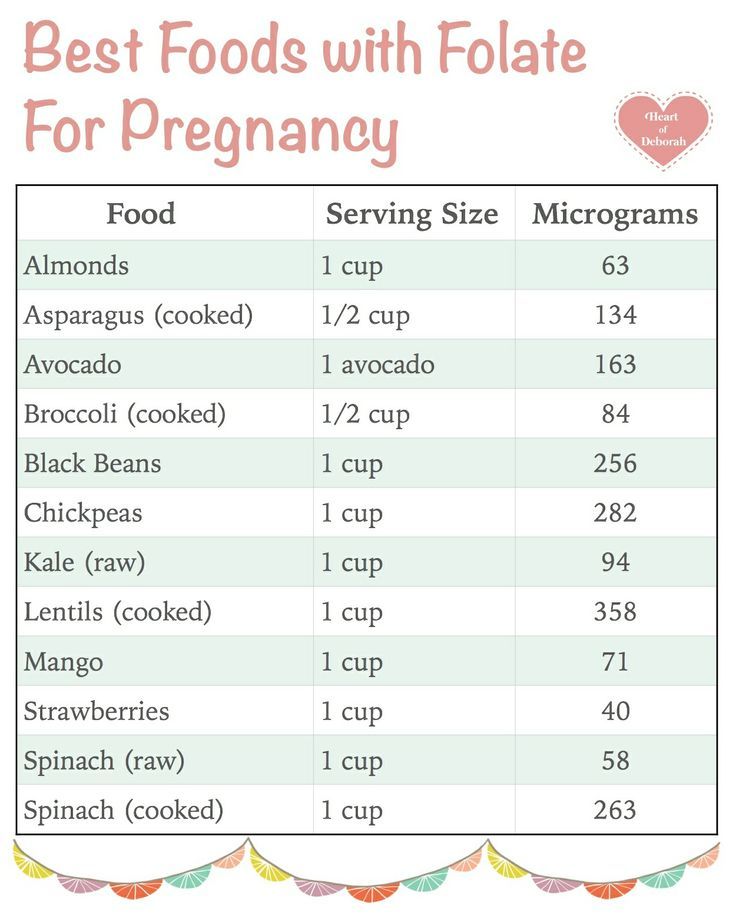 The average life span of a green iguana in captivity is 15 years. With careful care and proper feeding, these reptiles can live up to 20 years. However, they require different conditions of detention than furry animals, which we will discuss below. nine0025
The average life span of a green iguana in captivity is 15 years. With careful care and proper feeding, these reptiles can live up to 20 years. However, they require different conditions of detention than furry animals, which we will discuss below. nine0025
Accommodation
Do not let the iguana roam the house. Otherwise, the following will happen: your house will be destroyed, and the iguana will be injured. Most often, a lizard breaks its tail. Most often, the tail then grows back, but it will never look as beautiful. Also, the iguana can swallow small objects, which only a surgeon can subsequently remove. Well, and besides, a long stay outside the cage will negatively affect the temperature state of your animal, it may become cold. nine0025
An iguana needs a large and spacious terrarium or a polyurethane or glass cage. It should be borne in mind that iguanas can reach a length of 1.80 m and a weight of 8 kg. The terrarium should be about three times the length of the lizard itself.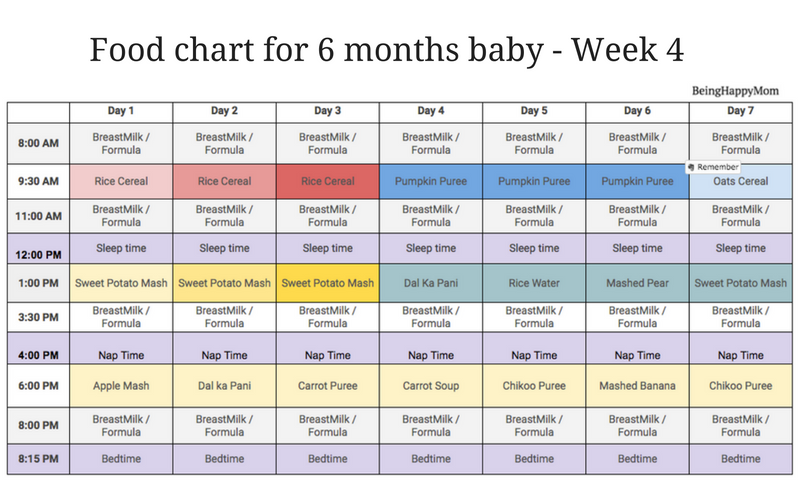 You should not choose a wire house: many iguanas have a habit of rubbing their noses against the bars and injuring themselves. The cage should be cleaned at least once a week, but more often is better. When cleaning the terrarium, never use soap, liquid cleaner, etc. One chemical smell can kill your iguana. You can clean the cage only with a sponge or cloth dipped in warm water. As a last resort, use baking soda. nine0025
You should not choose a wire house: many iguanas have a habit of rubbing their noses against the bars and injuring themselves. The cage should be cleaned at least once a week, but more often is better. When cleaning the terrarium, never use soap, liquid cleaner, etc. One chemical smell can kill your iguana. You can clean the cage only with a sponge or cloth dipped in warm water. As a last resort, use baking soda. nine0025
Be aware that iguanas carry Salmonella bacteria. For the animals themselves, they are not harmful, but can cause a serious eating disorder in humans. Be sure to wash your hands with soap after every contact with your pet.
Lighting
In the wild, iguanas spend much of their time basking in the sun. Sunlight is essential for the production of vitamin D, which iguanas require just as much as humans do to produce calcium in their bodies. Therefore, UV lamps can become an analogue of sunlight. However, your iguana needs a few hours a week, if possible, to be in natural sunlight.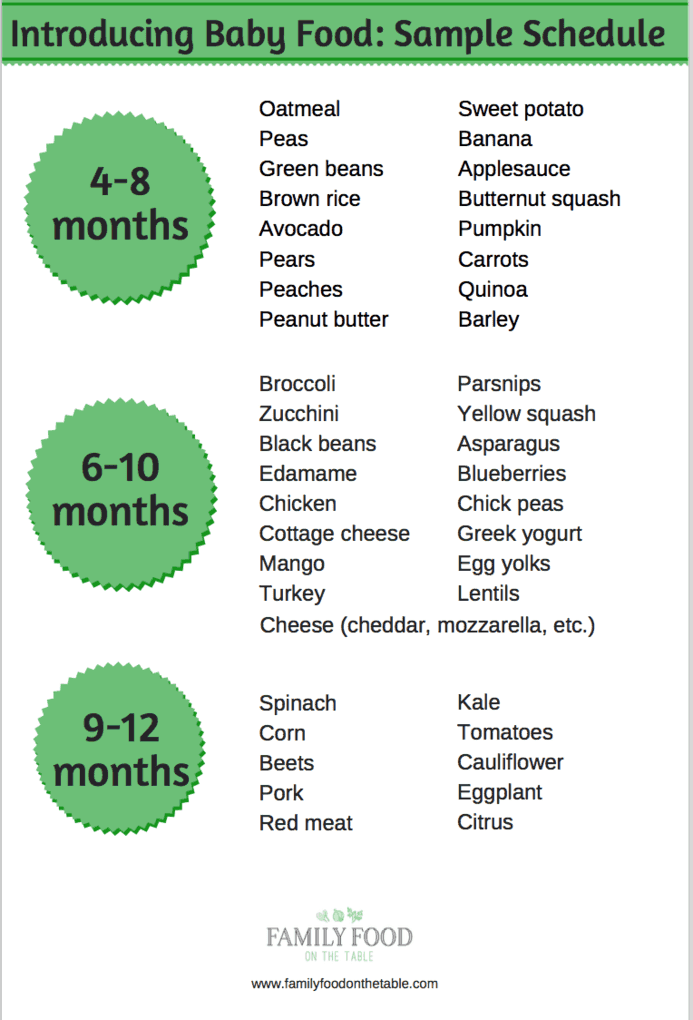 With the lamp timer, you can create a 12-hour day and 12-hour night for your pet. nine0025
With the lamp timer, you can create a 12-hour day and 12-hour night for your pet. nine0025
Water
In nature, iguanas always live in close proximity to water, so it is very important to provide the lizard with enough clean water for drinking and washing. Iguanas just love to swim and can do it for hours. Bathing helps them moisturize the skin, exfoliate the skin scales and remove bacteria from under the nails.
Temperature
Improper temperature in the iguana's cage interferes with digestion, suppresses the lizard's immune system and can lead to lethargy. The temperature should be within 30-35 °C. At night, the temperature should not fall below 23.4 °C. As a heating device, you can use a conventional 60-watt incandescent lamp. nine0025
Humidity
Iguanas need high humidity. Try to keep your pet's cage at 65-75% humidity. An ordinary hygrometer will help you determine this level. Spray the cage and the lizard itself more often with a spray bottle. Place small water containers, decorative fountains in the cage - this will also help maintain the required level of humidity. If your home is very dry, you may want to use a humidifier as well.
Place small water containers, decorative fountains in the cage - this will also help maintain the required level of humidity. If your home is very dry, you may want to use a humidifier as well.
Mat
The bedding in the cage should be changed daily, small and large coconut can be used as it. Stay away from corncobs, sand, rocks, earth, sawdust, bark, newspaper, or cat litter: all of these materials your iguana can accidentally swallow and cause harm to himself.
Diet
Iguanas are herbivores. They really like finely chopped kale, lettuce, Chinese cabbage, chicory, arugula, mustard and turnip tops, dandelions, hibiscus. Small amounts of chard and spinach can be given. You should never offer your iguana animal protein: this lizard's digestive system is not designed to digest animal protein, which can kill your pet. Also, store-bought fruits are not always useful - they have too high a sugar content. Small amounts of banana, apple, mango or papaya can sometimes be given. Sprouted sprouts of beans, alfalfa, radishes are very useful. Try to diversify your iguana's menu as much as possible. Existing dry food for iguanas still cannot replace natural products, no matter what they say on the packages, so you can use such food as a top dressing. nine0025
Sprouted sprouts of beans, alfalfa, radishes are very useful. Try to diversify your iguana's menu as much as possible. Existing dry food for iguanas still cannot replace natural products, no matter what they say on the packages, so you can use such food as a top dressing. nine0025
Young iguanas should be fed small meals several times a day. Adult iguanas (greater than 26 cm in length) every other day. Start feeding after turning on the daylight, and your pet will warm up a little after sleeping. Be sure to change the water every day and remove any leftover food.
Multivitamin preparations and calcium should also be added to the iguana's food. In Russia, such drugs as Reptilife (Agrovetzashchita), Reptolife (Tetra), Wordley (Calcium and Multivitamin) are common. nine0025
Message
To tame an iguana, it must be handled frequently and regularly. Iguanas quickly learn to show affection to their owners. It is advisable to pick up young lizards 2-3 times a day for about 15 minutes. Stroke his back and neck, let your iguana get used to being picked up. It is very important to remember that these reptiles can be aggressive in situations they consider dangerous for themselves: when their food is attacked, their territory is attacked, during the mating season. They can bite quite painfully, as well as use extremely sharp claws. In case of a bite or scratch, this place should be treated with some kind of antiseptic. Always be extremely careful when handling an iguana. For the same reason, you should not have such an animal as a pet for children under 12 years old. nine0025
Stroke his back and neck, let your iguana get used to being picked up. It is very important to remember that these reptiles can be aggressive in situations they consider dangerous for themselves: when their food is attacked, their territory is attacked, during the mating season. They can bite quite painfully, as well as use extremely sharp claws. In case of a bite or scratch, this place should be treated with some kind of antiseptic. Always be extremely careful when handling an iguana. For the same reason, you should not have such an animal as a pet for children under 12 years old. nine0025
Iguanas and other pets
Many iguana owners have other pets at the same time. Whether your iguana will peacefully coexist with other animals depends on many factors, in particular, on its personality, the nature of other pets and the environment. Here it is very important not to speed up the process of rapprochement and to give the animals the opportunity to get to know each other, while carefully monitoring the behavior of each of them.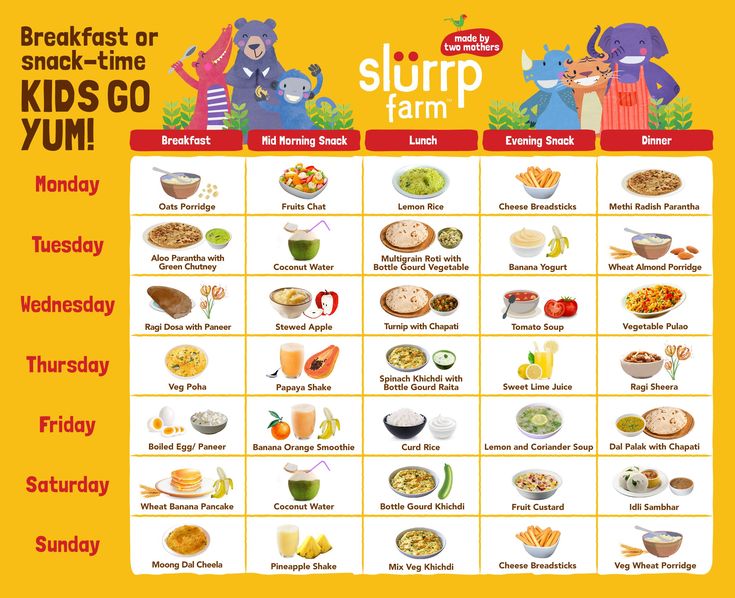
You shouldn't have two iguanas at the same time. These lizards are loners, tied to their territory. They can converge only for reproduction. Even eye contact between two iguanas can be painful stress for each of them. nine0025
Treatment
If your iguana naps frequently, develops bumps on his body, begins to lick himself, refuses to eat for too long, his stomach is swollen, his mucous membranes are dull - contact your veterinarian immediately. All of these can be signs of a disease. Most often, iguanas get sick with a violation of bone tissue metabolism, abscesses, their paws become inflamed, parasites start, and stomatitis is observed. A healthy lizard should be seen by a specialist at least once a year.
Baby animals and their names
World around
Baby animals sometimes have non-obvious names, and you may even have asked questions like:
- What is the name of a female ferret?
- What is the name of a female deer, capercaillie, giraffe, peacock, woodpecker, wild boar?
- What is the name of a baby seal, walrus, swan, sheep, elk, badger?
- What is the name of a male duck, squirrel, cuckoo, pig, panther?
- What is the name of the baby animals? For example, elephants, eagles and so on.
 nine0004
nine0004
In a word, in this article we have collected the names of females - mothers, males - fathers, as well as the names of animal cubs, including animals (they are also mammals), birds, fish, insects, reptiles and amphibians.
Animal babiesIf you haven't found someone, be sure to write about it in the comments, and we will add this material in the very near future.
The collected material is presented in the form of a table with 4 columns. The first column is the name of the male, the 2nd is the name of the females, the 3rd is the name of the baby animal, and the last column is the name of the baby animal in the plural. nine0125 lamb
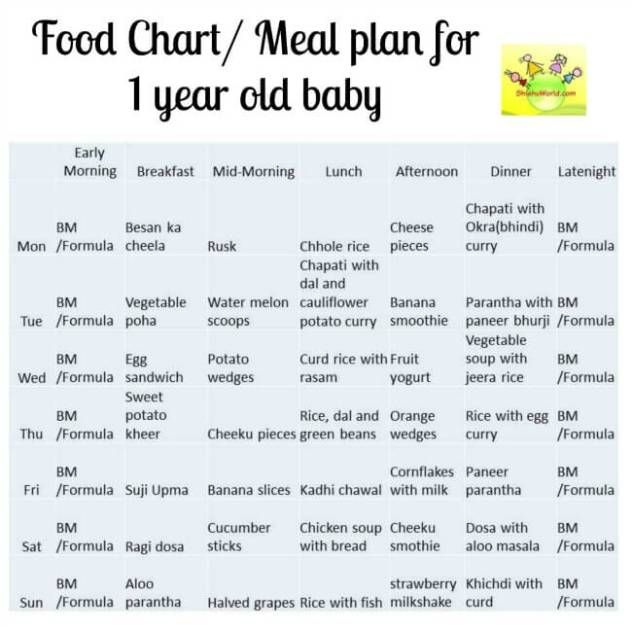 The name Lanka is also found in Efremova's dictionary.
The name Lanka is also found in Efremova's dictionary.
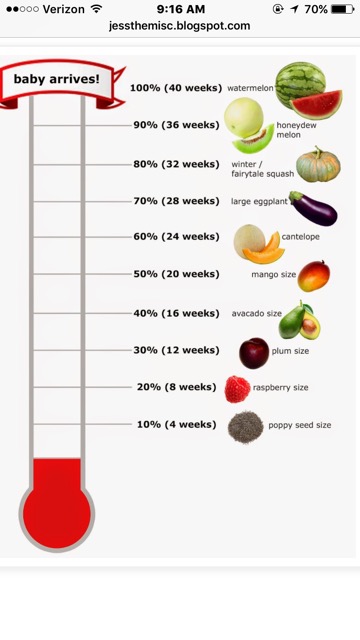
 A frog is a young frog.
A frog is a young frog. 


 Also on the Internet you can find the name - jerboa. This option can be considered colloquial.
Also on the Internet you can find the name - jerboa. This option can be considered colloquial. 


